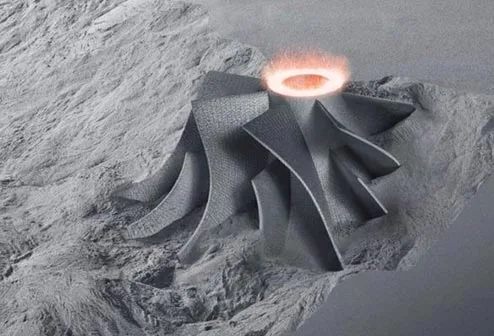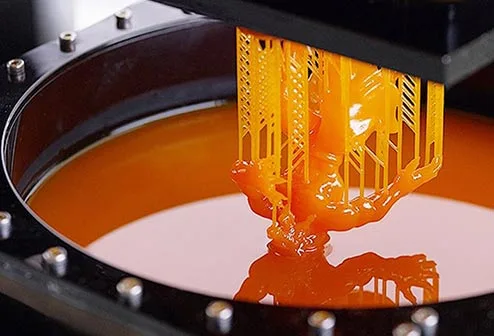Die casting machines are essential in the manufacturing industry, offering a precise and efficient method for producing metal parts. These machines play a crucial role in various sectors, including automotive, aerospace, and consumer electronics. Let's delve into a detailed review of die casting machines, exploring their key features, benefits, and applications.
Die casting is a metal molding process that forms castings of a certain shape and size by pressing molten metal into a mold. This process has the advantages of high productivity, low manufacturing cost, and high product accuracy, so it is widely used in the industrial field. Hot chamber die casting machine and cold chamber die casting machine are two types of die casting machine.
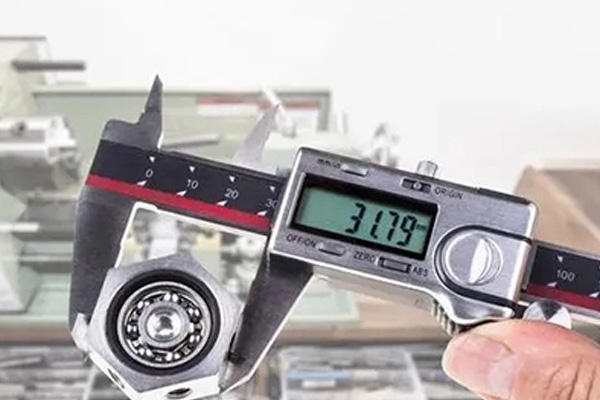
Die casting machine body, heating system, mold, control system, and additional parts make up a hot chamber die casting machine. Die casting cylinders, injection cylinders, ejector cylinders, and other parts make up the die casting machine's main body. The heating system heats the die casting material, the mold is the essential die casting component, and the control system is in charge of the automatic control of the entire die casting process. The hot chamber die casting machine operates on the principle of injecting molten metal into a closed hot chamber, heating it to a specific temperature using a heating system, and then using high pressure to inject the metal into the mold to form a variety of product shapes.
Due to its high metal utilization rate, high production efficiency, and high-quality output, the hot chamber die casting machine is extensively utilized in the manufacturing of a wide range of metal products, including architectural hardware, machinery and equipment parts, automotive and electrical parts, and so forth. The hot chamber die casting machine is a significant piece of equipment for the production of metal products. Its development prospects are wide as it will continue to find applications in the manufacturing industry and the advancement of technology.
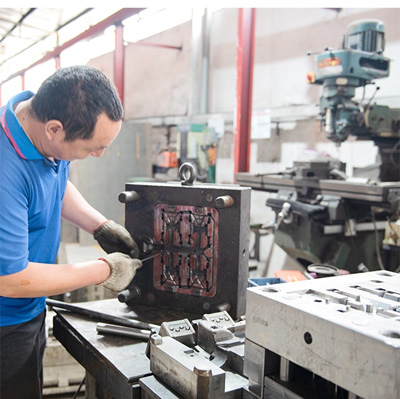
A cold chamber die casting machine quickly hardens liquid metal under high pressure and forms it into objects with predetermined dimensions. This machine is distinguished by its sophisticated high-precision inspection system, effective automated manufacturing, and die-casting technology. Its cold chamber design may offer a steady die-casting environment to guarantee the liquid metal's even distribution and quick solidification. The automated control system of the machine can achieve precise die casting control and high efficiency production capacity simultaneously, resulting in a significant increase in production efficiency. Furthermore, the cold chamber die casting machine's inspection system is excellent.
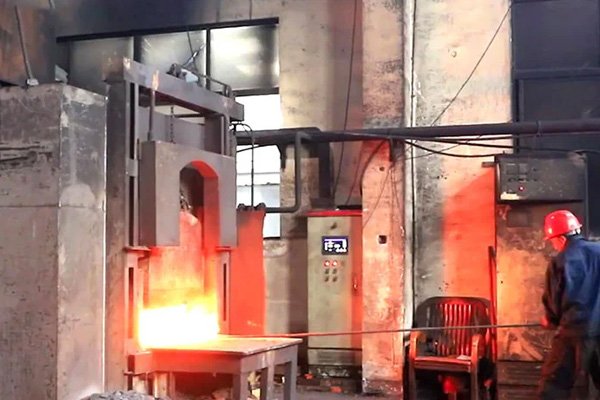
Let's examine the benefits and drawbacks of die casting after a quick overview of the procedure. But first, we provide the straightforward synopsis that follows.
S/N | Benefits | Drawbacks |
1 | offers a high rate of manufacturing efficiency.
| The die could come with a high price tag.
|
2 | makes it simple to produce interior components and thin-walled pieces that need to meet exacting specifications.
| Have trouble manufacturing huge pieces when creating them.
|
3 | produces products that have outstanding mechanical qualities and a beautiful crystalline structure.
| Not recommended for very high melting point metal alloys or ferrous metals.
|
4 | cost-effective production method, particularly for huge quantities.
| Gas trappings are prone to occur, which causes castings to be porous.
|
5 | Good surface finishing on manufactured items results in low post-processing operation costs.
| The complexity of the parts will determine how long the cycle production takes.
|
Melted metal is injected under intense pressure into a mold during the die casting process, which is a very adaptable and effective metal casting technique. A lot of intricate, highly precise, and consistently high-quality metal parts are produced using this method. The machinery, molds, materials, and procedures used in the manufacture of die-cast components are all included in the broad category of die casting technology.
1. Superior Accuracy and Precision
Die casting makes it possible to produce items with strict tolerances that are both complicated and accurately detailed.
Reproduction of intricate curves and details is consistent.
2. Outstanding Surface Finish
Die-cast components usually have a polished, flawless surface.
Lower production costs and time are achieved by requiring less post-processing or finishing.
3. Elevated Level of Production Efficiency
Die casting allows for high-volume production because it is a quick and effective procedure.
Reduced production costs and higher productivity are two benefits of short cycle times.
4. Material Flexibility
A large variety of materials can be used in die casting, such as copper alloys, zinc, magnesium, and aluminum.
Certain materials have particular qualities including resilience to corrosion, strength, and durability.
5. Cost-effectiveness in Large-Scale Manufacturing
Large production runs make die casting cost-effective, notwithstanding the early tooling expenses.
The little waste of materials and fast manufacturing speed add to the overall cost-effectiveness.
6. Less Post-Processing Requirements
Die-cast components frequently only need minimum machining or polishing.
Time and resources are saved since fewer processing steps are required as a result.
7. Elevated Dimensional Stability
Over extended manufacturing runs, die-cast components retain their uniform dimensions and forms.
Applications requiring accuracy and consistency depend on this dimensional stability.
8. Eco-Friendly
Die casting generates very little waste material, and leftover material is frequently recyclable.
Reduced environmental impact and sustainability are benefits of the process's efficiency.
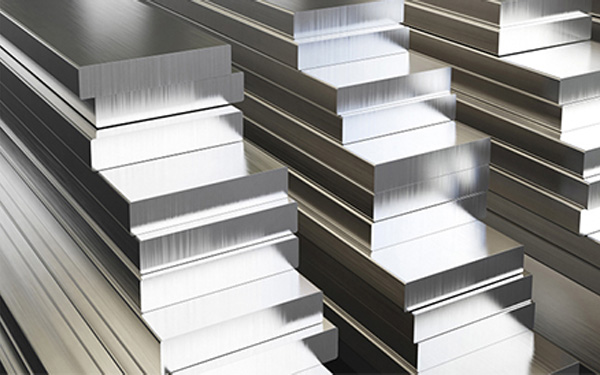
1. High initial cost of tooling
For die casting, mold and die setup might be costly. High initial tooling costs are a result of the complex design and precision needed for the molds.
2. Restricted Control Over Alloy Composition:
In die casting, it can be difficult to achieve exact alloy composition, which affects the end product's mechanical qualities.
3. Size Restrictions
Larger pieces cannot be produced with die casting equipment due to their size constraints. Larger parts might need to be manufactured using other techniques.
4. Air Pockets and Porosity
The final product's structural integrity may be impacted by porosity or air pockets created during the die casting process.
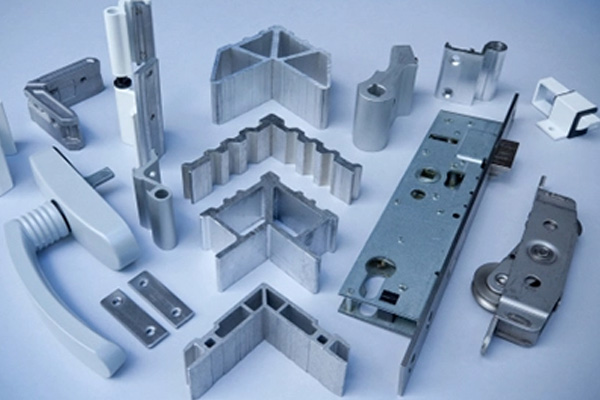
Pros and downsides of die casting have been covered. Then, to demonstrate why die casting is a crucial production method in industries, let's compare it with other popular manufacturing techniques.
When comparing the production processes of die casting versus sand casting, die casting comes out on top. In the following situations, die casting outperforms sand casting as a technique.
Die casting reduces the need for additional finishing processes like milling.
Die casting offers higher production efficiency and better dimensional tolerances.
The two casting processes—die and sand—have porosity in common. In die casting, it can be avoided with certain care, but in sand casting, it is nearly impossible.
Superior qualities on the surface.
little work is necessary.
While sand casting employs a sand mold, die casting uses a steel mold.
Die casting is a good method for creating components with thin walls, but sand casting is not.
Die casting also appears to be superior than plastic injection molding. The benefits of die casting over injection molding are listed below.
Die casting products have superior mechanical qualities. They have more strength, toughness, hardness, and thermal resistance.
There is more dimensional stability with die casting. Therefore, better suited for parts requiring a high level of accuracy and precision.
Unlike die castings, plastic items could be vulnerable to UV rays.
Products made by die casting are stronger and more resilient to conditions involving high loads, weathering, and stress.
Die casting has a quicker cycle of manufacturing. As a result, producers may produce a lot of parts in a short amount of time.
Metal is shaped during the forging process with tremendous compressive force. But in the following cases, die casting outperforms forging:
Complex forms and geometries can be fabricated more effectively with die casting.
More dimensional stability is present.
Forging presents a challenge in the production of thin-walled components.
Die casting offers less expensive tooling.
You’ve probably read this article and are well-versed in the benefits and drawbacks of die casting. You are aware that die casting is the best manufacturing technique for producing parts with high dimensional precision and large volumes. In need of a die casting service that is affordable? You can choose Richconn, a reliable online die casting service provider!
We are a die casting manufacturer with an ISO 90001:2015 certificate. Because of this, we promise that every service we provide is among the best in the business. Moreover, we have highly qualified professionals on staff who have extensive expertise and understanding in die casting and associated fields.
Additionally, we offer a variety of solid materials to better meet your unique requirements. To further enhance the qualities of the die casting pieces, we provide a variety of surface finishing choices.
Furthermore, you can obtain a free DfM analysis and a prompt, cost-effective proposal for your die cast parts using our online manufacturing quotation tool.
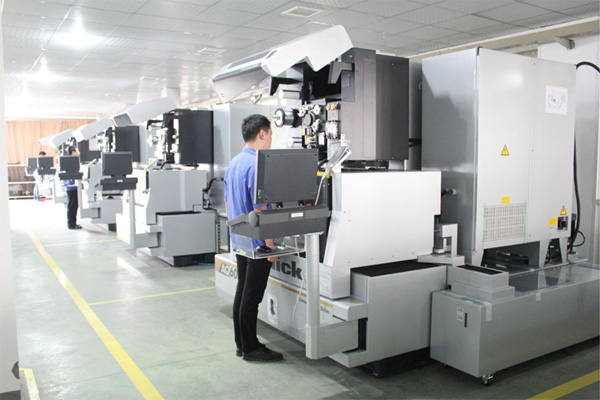
In conclusion, die casting machines play a pivotal role in modern manufacturing, offering unparalleled precision, efficiency, and versatility. Their widespread applications and numerous benefits make them indispensable in the production of high-quality metal parts. If you need further information on specific aspects of die casting machines or have any other related queries, feel free to let us know!
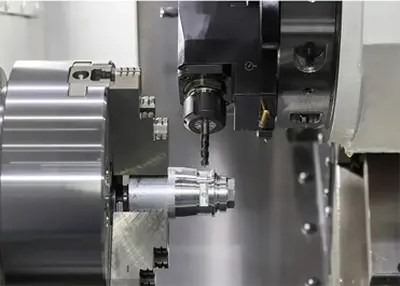 Precautions for Using CNC TurningApril 25, 2023Turning is a cutting method that uses the rotation of the workpiece relative to the tool on a lathe to perform cutting operations. CNC turning allows the workpiece rather than the tool to provide most...view
Precautions for Using CNC TurningApril 25, 2023Turning is a cutting method that uses the rotation of the workpiece relative to the tool on a lathe to perform cutting operations. CNC turning allows the workpiece rather than the tool to provide most...view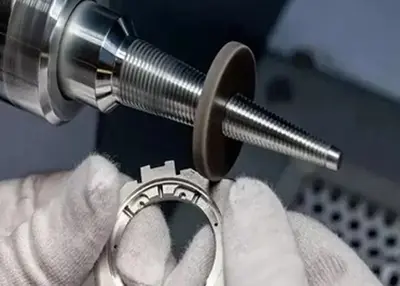 Aluminium Anodizing Services Process FlowApril 25, 2023The general process of anodizing aluminum and aluminum alloys can be roughly divided into pre-treatment, anodizing, and post-treatment (non-decorative products can skip coloring).Mechanical pre-treatm...view
Aluminium Anodizing Services Process FlowApril 25, 2023The general process of anodizing aluminum and aluminum alloys can be roughly divided into pre-treatment, anodizing, and post-treatment (non-decorative products can skip coloring).Mechanical pre-treatm...view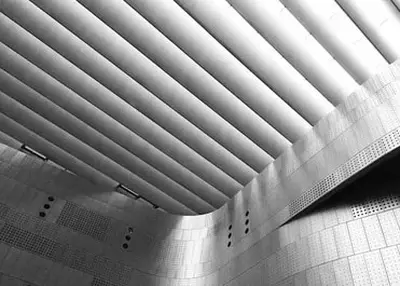 4 Things You Need to Know About Anodised AluminiumAugust 11, 2023Anodised aluminium has become a buzzword in various industries, from automotive to electronics, and for good reason. This process transforms regular aluminium into a powerhouse material with enhanced ...view
4 Things You Need to Know About Anodised AluminiumAugust 11, 2023Anodised aluminium has become a buzzword in various industries, from automotive to electronics, and for good reason. This process transforms regular aluminium into a powerhouse material with enhanced ...view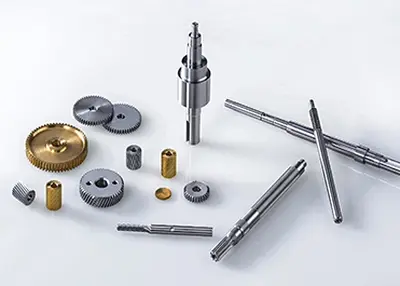 Machining Tolerances 101: A Complete Guide to CNC Machining TolerancesApril 24, 2024No CNC machine is 100% accurate. That’s the reason why you need to leave spaces for errors in every design of your project. This is where the CNC machining tolerances come in.view
Machining Tolerances 101: A Complete Guide to CNC Machining TolerancesApril 24, 2024No CNC machine is 100% accurate. That’s the reason why you need to leave spaces for errors in every design of your project. This is where the CNC machining tolerances come in.view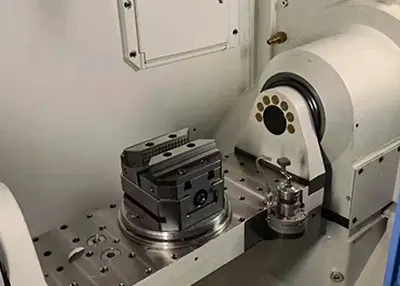 What Industries Use Stainless Steel?October 27, 2023Stainless steel is the abbreviation of stainless and acid-resistant steel, air, steam, water and other weak corrosive media or with stainless steel is called stainless steel, and will be resistant to chemical corrosive media (acids, alkalis, salts and other chemical corrosion) corrosion of the steel is called acid-resistant steel.view
What Industries Use Stainless Steel?October 27, 2023Stainless steel is the abbreviation of stainless and acid-resistant steel, air, steam, water and other weak corrosive media or with stainless steel is called stainless steel, and will be resistant to chemical corrosive media (acids, alkalis, salts and other chemical corrosion) corrosion of the steel is called acid-resistant steel.view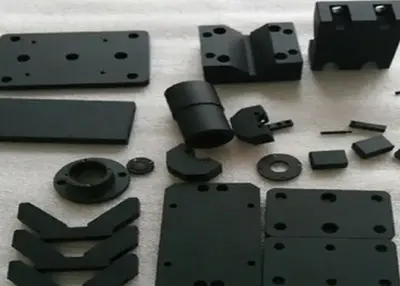 Beyond Aesthetics: The Practical Benefits of Blackening Surface TreatmentDecember 4, 2023When it comes to surface treatments for various metal components, one often thinks about aesthetics and corrosion resistance as the primary goals. However, there is another important surface treatment...view
Beyond Aesthetics: The Practical Benefits of Blackening Surface TreatmentDecember 4, 2023When it comes to surface treatments for various metal components, one often thinks about aesthetics and corrosion resistance as the primary goals. However, there is another important surface treatment...view
 EN
EN
 ru
ru 

